Minelab Go-Find 22/44/66 – review of a series of metal detectors for beginners
Whoever spoke about the Go-Find line of metal detectors from Minelab – there were different and even completely unflattering names for this series, but, in general, I managed to test three metal detectors from this line at once and what impressions did I have from all three models, and how these devices performed in practice and in tests, I will write about everything below, let's go!
Metal detector design
Содержание статьи:
The entire line in terms of the design of metal detectors is made the same, it is one straight rod with a small and adjustable armrest, with an adjustable length of the rod (it is removed very compactly and does not take up much space), with a pre-connected coil (it is not possible to change or remove the coil – it will lead to breakdown) and a folding handle, also known as a block, of a metal detector.

It is assembled and disassembled by pressing two red buttons and setting the required length of the rod and armrest using force, the armrest will not come out just like that, but for the metal detector rod there is one clamp, which fixes the entire system assembled and in the assembled state.
Go-Finds are powered by 4 AA batteries, there are no built-in batteries, this would lead to an increase in the price of the devices, the coils are also different, if models 44 and 66 have a 10″ rectangular coil, then model 22 has a smaller coil, only 8″.

The weight of the metal detectors is a little more than a kilogram, they fit well in the hand, and the weight is not felt.
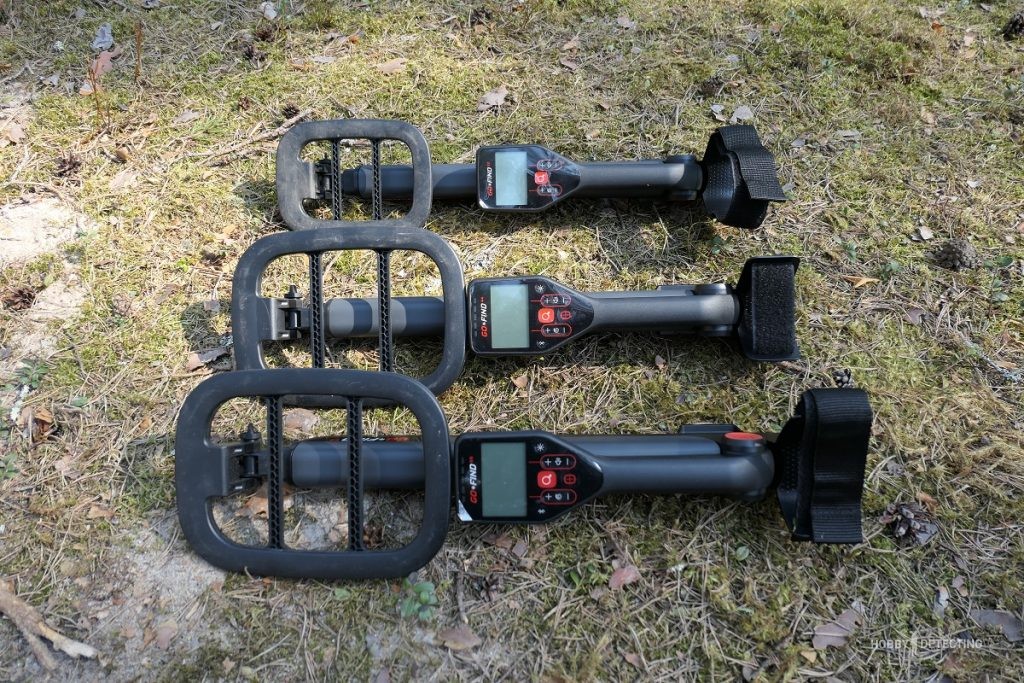
Pros and cons of the design
Pros:
- Compact
- A light weight
- AA batteries – last a long time and can be found/buyed everywhere
- Easy and quick assembly and disassembly
Now the cons:
- When assembled, the rod has good play
- Inconvenient handle to hold
- Very uncomfortable and weak armrest
Tests and search qualities
After using a professional metal detector, trying to search for something with Go-Find is another task, because everything is so easy and simple, there are no complicated settings, the discrimination settings are minimal, and at maximum sensitivity there are noticeable backgrounds.

But for beginners this will only be better, especially for those people who have never heard anything about a cop, or about searching with a metal detector, working on maps and other serious training. The device was created for pensioners, children and for those who just need a little active outdoor recreation with their family.
Keeping this thought in mind, it becomes clear that this series was conceived exclusively for such tasks and there is little point in even writing about it on my blog, because experienced diggers reading the blog will only laugh, and beginners are doubtful that they will study the topic so deeply and take a serious approach to choosing your first metal detector.
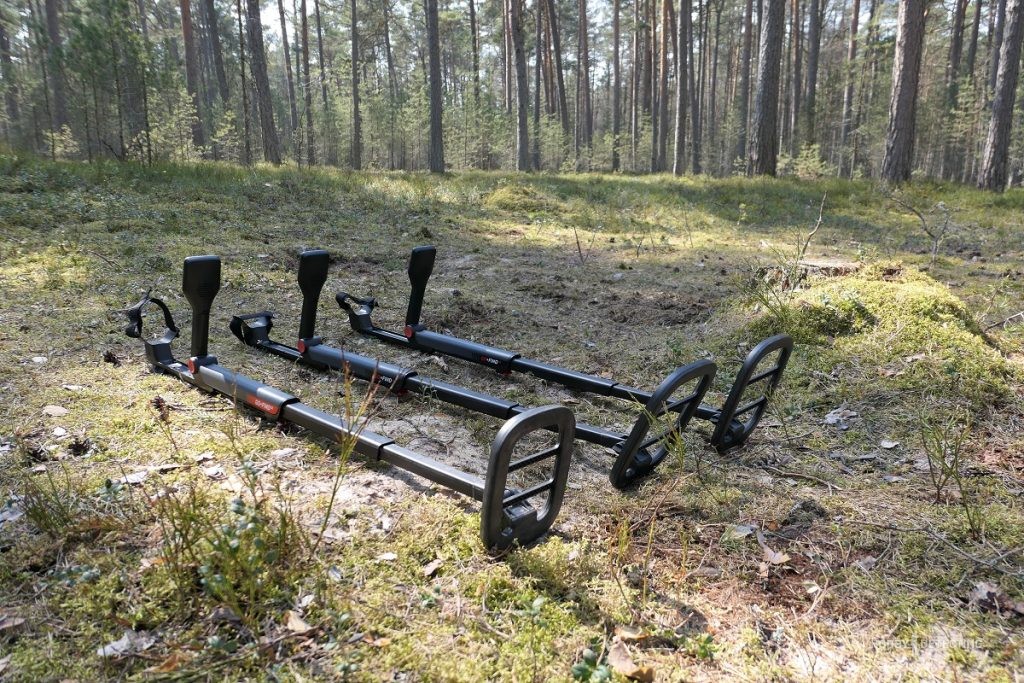
According to the tests: I conducted testing at my test site and the video clearly shows what these metal detectors and the entire Go-Find line are capable of.
General review:
Minelab Go-Find 22 test:
Minelab Go-Find 44 test:
Minelab Go-Find 66 test:
What conclusion can be drawn about the search qualities of all three models? There are several conclusions:
- The threshold for identifying finds is on the order of 25 cm depth for a medium-sized target.
- The separation is very weak.
- Discrimination begins to “limp” at a depth of 15+ cm.
- Uninformative display.
However, understanding that this series was created exclusively for family vacations, and not for cops, these disadvantages smoothly turn into advantages, because on vacation people will not dig deeper than 20 cm, they do not need separation of targets, correct discrimination is also not important, since on the display there are only 4 icons and there is no special information content, so they will dig everything in a row and rejoice at the targets they find – on the beach and in the park these will be modern “walking” coins, and in the backyard they will be purely household items from the last century, which will also add additional fun.
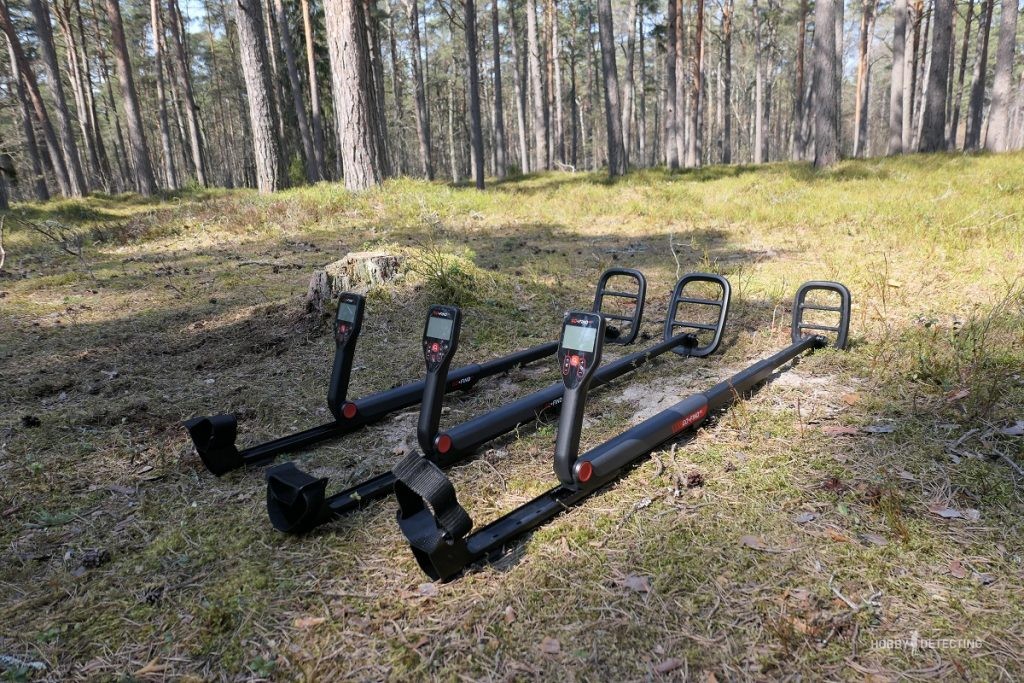
Another typical application of the entire line is ferrous metal digging or war mining, if you need a cheap alternative for search teams (mass digging), or you only pick up ferrous metal in the fields to turn it into metal. The entire line is perfect for these purposes.
Models 22, 44 and 66 – which one to choose?
All three models created in me a strong belief that there is a difference between them and it is quite large. If model 22 is perfect for a child and for ferrous metal digging, then models 44 and 66 will be interesting for those who like to wander around the beach a little. At the moment, model 11 has also appeared, the cheapest, at a price cheaper than a pinpointer, but I did not have it for review.
Model Go-Find 22

As I wrote above, model 22 is most suitable for a child or for searching for ferrous metal. It’s the simplest in terms of settings and menu, you don’t have to dig a lot and deeply with it, and there will be plenty of joy for your child for a completely reasonable budget. Again, children are different and of different ages; this model is more for younger children.
Model Go-Find 44
Model 44 seemed like the best option for me. In terms of depth, separation, and discrimination there was no big difference from the 66 model. Or rather, there was almost 90% of it, except for the additional and better voice acting of the 66 model.
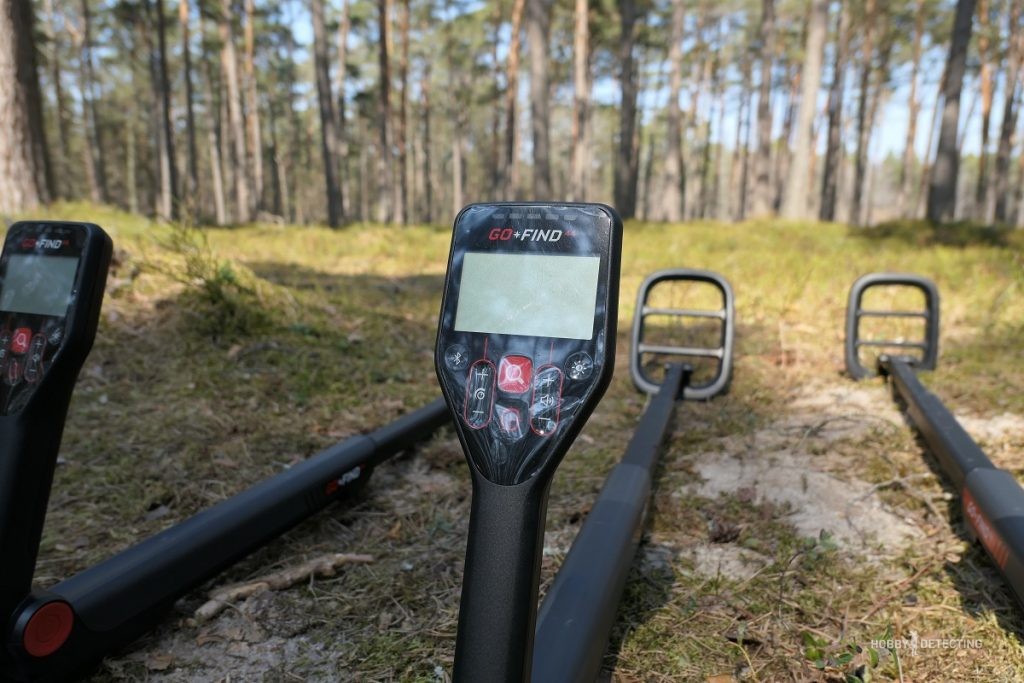
If you have your sights set on buying Go-Find, then take 44, a good and strong mid-range will always be a better choice than the out-of-budget 66 or the too cheap and cut-down 22 and 11.
Model Go-Find 66
Model 66 was quite interesting, but I didn’t see much difference with model 44; the performance was similar during the test at the proving ground.

Yes, the voice acting was a little better and more understandable, the work was a little more stable, but at a price like the 66 model, for a more serious cop there are better and stronger competitors that will outperform the 66 model in terms of depth and discrimination of detected objects.
Conclusion
The Go-Find series is made more for entertainment and relaxation than for searching. Yes, you can search for ferrous metal, but if you are going to enter the world of serious searching, then it is better to take the first device more seriously. If you need a model for a child or for your parents, or you and your whole family go out into the fresh air and just want to search a little, then Go-Find is perfect. I know one digger who bought a GoFine 44 for his daughter and while he walks around the field, she runs around next to her and sometimes even picks up copper coins from the last century, what a joy for a child right away!
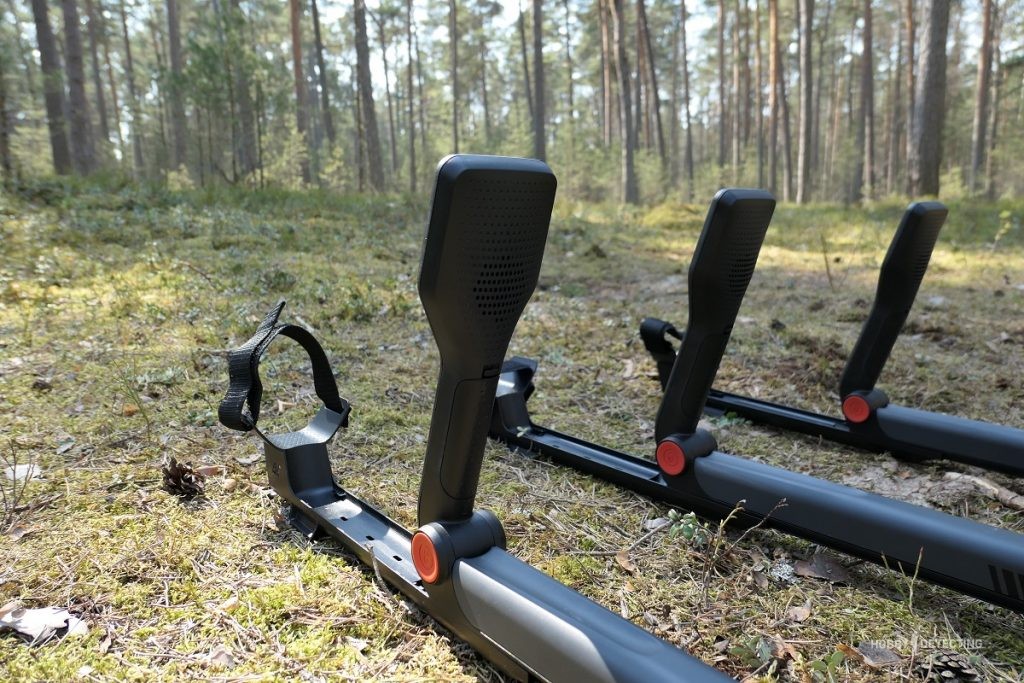
Sometimes I see how some diggers search at meetings with Go-Finds and do the right thing, since at meetings all the targets are very often on the surface or not deep, then finding them is much simpler and easier. So the chances of winning a better metal detector increase, you see that Equinox will win at the rally or something else interesting, but this is a very rare case.
So don’t despair, in fact, with any metal detector you can search and find, it all depends only on your hard work and how hard you will dig all the finds in search of your find of the century!
No worries and good luck in your search!
